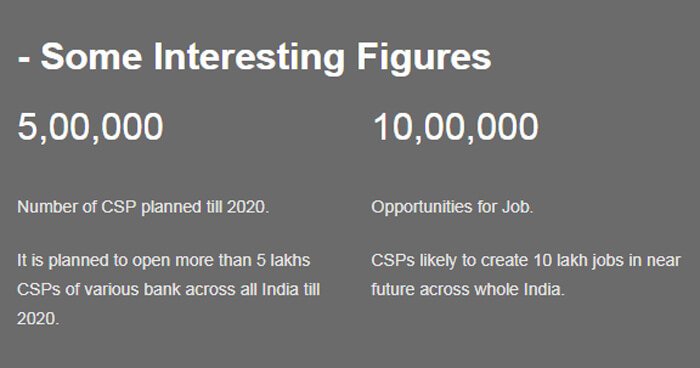GST Yojana
Goods and Services Tax
The GST bill, which is scheduled to be effective from July 1, is the biggest tax reform being undertaken since Independence. It will subsume all indirect taxes to create one rate and integrate the country into a single market. Once the GST is in force, it will replace at least 17 state and federal taxes and bring them under single unified tax structure.
GST is a comprehensive indirect tax on manufacture, sale and consumption of goods and services throughout India to replace taxes levied by the central and state governments. It is expected to bring about a qualitative change in the tax system by redistributing the burden of taxation equitably between manufacturing and services.
While officials are busy in laying down the guidelines for effective GST regime, the International Monetary Fund has already appreciated India’s effort to reform country’s taxation system. “The government has made significant progress on important economic reforms that will support strong and sustainable growth going forward,” IMF Deputy Managing Director Tao Zhang said.
GST is a comprehensive indirect tax on manufacture, sale and consumption of goods and services throughout India to replace taxes levied by the central and state governments. It is expected to bring about a qualitative change in the tax system by redistributing the burden of taxation equitably between manufacturing and services.
While officials are busy in laying down the guidelines for effective GST regime, the International Monetary Fund has already appreciated India’s effort to reform country’s taxation system. “The government has made significant progress on important economic reforms that will support strong and sustainable growth going forward,” IMF Deputy Managing Director Tao Zhang said.
Demonetisation
Last year on November 8, the Prime Minister scrapped old Rs 500 and Rs 1,000 notes to what he called a step to root-out black money and fake currency in the system. Six months later, it was noticed that the move couldn’t achieve the desired results as fake currencies were still running and corruption was still rampant. However, the government succeeded in profiling the people by getting to know the differences between actual flow of money and the undeclared money. Recently ,it was reported that India has more car buyers than the taxpayers in the country.
In last assessment year, there were only 5.5 lakh people, out of the 3.65 crore individuals who filed returns, paid income tax of more than Rs 5 lakh and accounted for 57 per cent of the total tax collection. This essentially means that only 1.5 per cent of those filing tax returns (3.65 crore) were contributing to 57 per cent of tax kitty. The Prime Minister wanted to address this issue by bringing the unaccounted money into banking channel.
While many top-notch economists were divided over its impact on the economy, former UIDAI Chairman Nandan Nilekani hailed Modi’s demonetisaion move and said that it would see a massive activation of digitisation of financial services in the country. He also explained as to how India’s over 80 per cent work force will come into formal channel, he said: “The more important thing is when the economy becomes formal, when everybody’s financial transactions are digitised …India is going to go from data poor to data rich and that will make it more and more difficult for people to do dishonest things or to be outside the system. You will reduce the amount of black money in the system.”
In last assessment year, there were only 5.5 lakh people, out of the 3.65 crore individuals who filed returns, paid income tax of more than Rs 5 lakh and accounted for 57 per cent of the total tax collection. This essentially means that only 1.5 per cent of those filing tax returns (3.65 crore) were contributing to 57 per cent of tax kitty. The Prime Minister wanted to address this issue by bringing the unaccounted money into banking channel.
While many top-notch economists were divided over its impact on the economy, former UIDAI Chairman Nandan Nilekani hailed Modi’s demonetisaion move and said that it would see a massive activation of digitisation of financial services in the country. He also explained as to how India’s over 80 per cent work force will come into formal channel, he said: “The more important thing is when the economy becomes formal, when everybody’s financial transactions are digitised …India is going to go from data poor to data rich and that will make it more and more difficult for people to do dishonest things or to be outside the system. You will reduce the amount of black money in the system.”
© Digital India.


